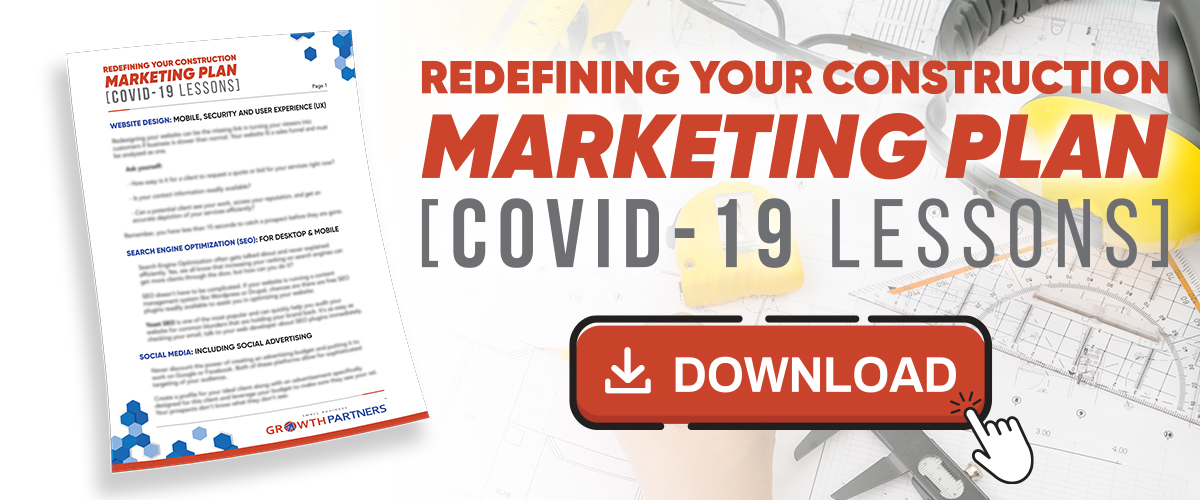When it comes to construction, we know that attention to detail and hard work are vital ingredients for a successful job. Those ideals don’t change just because you move up the corporate ladder or decide to start your own construction business. We all know that your company won’t make it very far without consistent profitability and stability. So let’s take a look at these six key profitability metrics for construction companies, and make sure that your hard work and dedication to the job are paying off, quite literally.
–
Working So The Odds Play In Your Favor
The US Bureau of Labor Statistics states that only about 20 percent of personal owned businesses survive their first year, and 50 percent of those businesses falter before their fifth year. When it narrows down to construction companies, only 5 percent say they are making enough money to break even.
Especially as a small business owner or contractor, getting started is hard enough but monitoring the numbers remains almost impossible, especially considering you’ll be putting in a hard day’s work with your employees, and in the field, most of the time.
Even if you hire someone to crunch the numbers, these are the things you need to watch, keep track of, and regularly monitor to make your business flourish.
–
Job Size Targets
When taking a large job, you should not only factor the basic supplies, sticks & bricks, etc. into your quotes, but labor and more. Worker’s compensation cost, taxes, tools, and overtime are things you wouldn’t normally consider on a regular bid. However, these are additional costs; just because you pay some of these at the end of the year or irregularly doesn’t mean that every job you do shouldn’t help towards that cost.
–
Sales Targets & Number of Starts
Your sales and “start” targets should always take into account your overhead and your net profit goals. Breaking it down month to month is an option, but if your business is slow during winter, be sure to keep that in mind. Your sales and start targets can vary as much month to month as they need to, but they should also be achievable.
–
Liabilities and Debts
As a business owner, you know your liability cost isn’t always considered in your annual overhead. Whether it’s payments for an unexpected line of credit or repairs, the unexpected happens, and this needs to be added into your total overhead cost.
–
Profit Margin Goals
Very few companies have a documented Net Profit Goal, but they should. Your companies net profit is essential to make sure that you are not going into the red when it comes to supplies, marketing, insurance, vehicle and employee cost. But all the other things that come with running a business, the average pretax profit margin is between 1 percent and 4 percent for general or sub contractors. That isn’t worth the risk of being out on the job for any length of time; much less is it able to cover an accident or mistake.
It’s recommended to sit down each year and decide your Profit Margin Goals, as well as keeping up with them on a month to month basis.
–
Overhead Targets
Your overhead is the total cost of your annual expenses, minus your total profit. It is imperative to know how much your business’s fixed cost is and adjust your goals accordingly. If you are not monitoring this number closely, you can easily fail to meet overhead costs, which will undoubtedly drive your company into the red.
Monitoring your cost will always be the key to a successful business. But to make a profit and succeed where others have failed, you need to keep your focus on these targets. It’s also important to remember if a job is at such a slim margin where is isn’t covering at least some of your overhead, it probably isn’t worth taking on.






